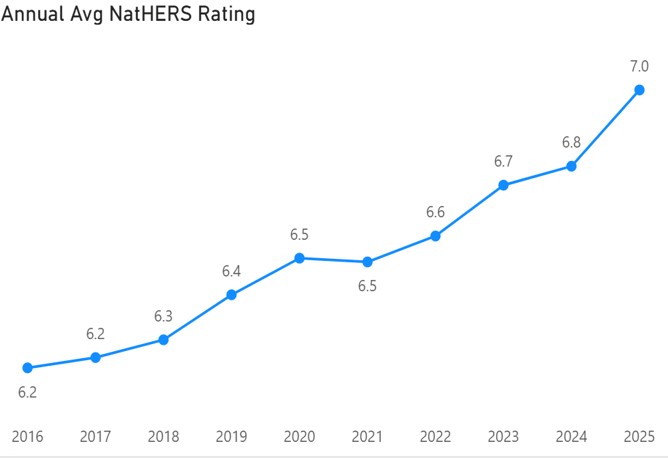
We have recently been analysing the data from the BESS submissions we have undertaken for 974 separate sites (sometimes multiple iterations) since 2016 (with thanks Amy Burnett).Some of our findings follow.
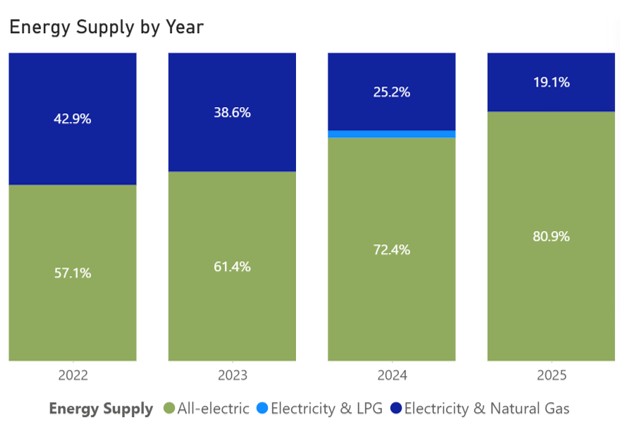
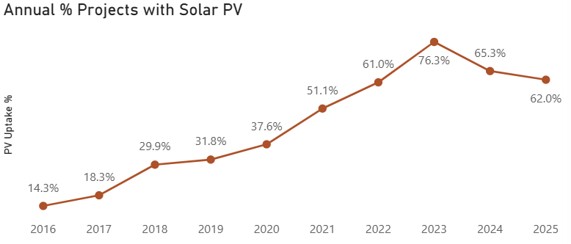
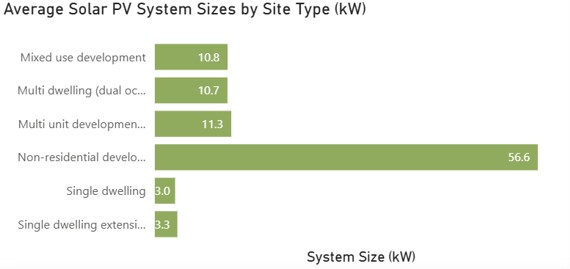

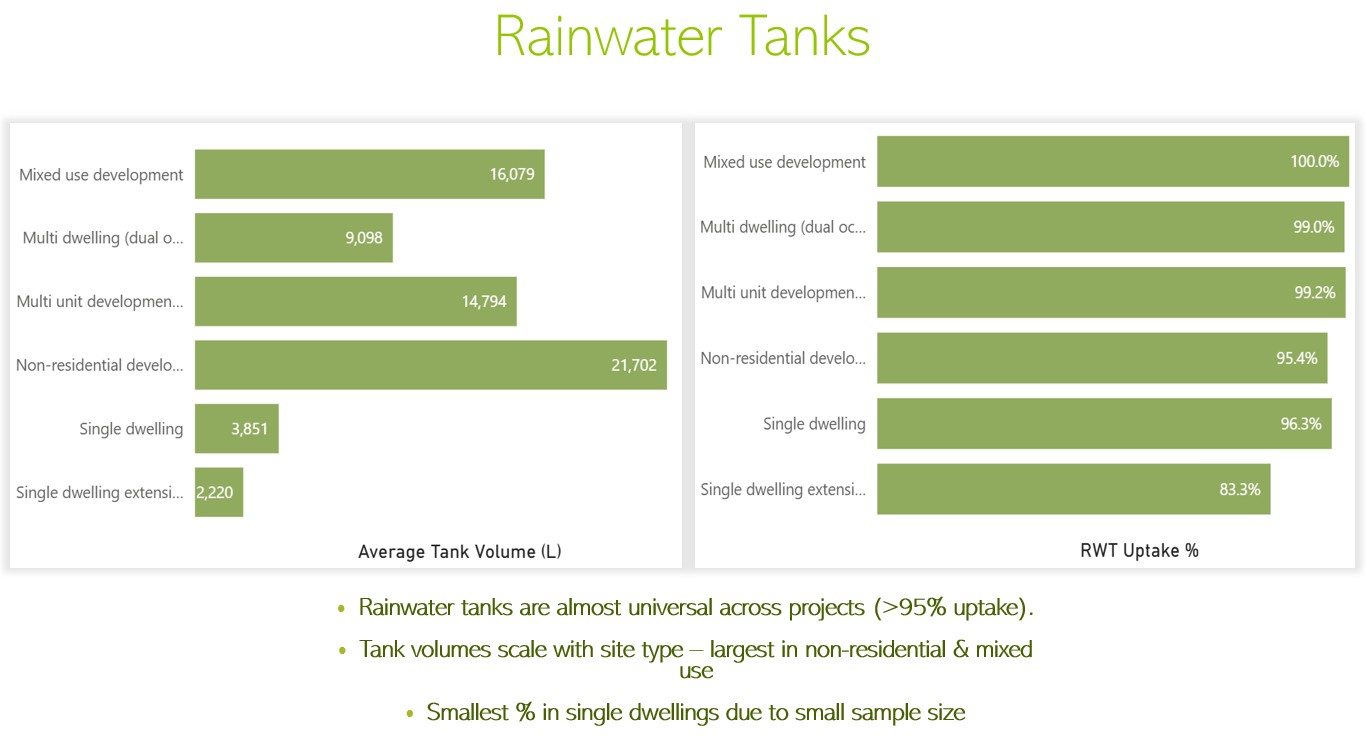 We are happy to demonstrate that while the mandatory requirement for 7 star average energy ratings only became 7 stars in 2024, the average energy rating was increasing steadily over time well before this, and ahead of the mandated building code requirement for a 6.0 star average.
We are happy to demonstrate that while the mandatory requirement for 7 star average energy ratings only became 7 stars in 2024, the average energy rating was increasing steadily over time well before this, and ahead of the mandated building code requirement for a 6.0 star average.
This is likely due to a combination of market forces from a growing awareness and desire for more comfortable and lower heating and cooling cost dwellings, and the requirement for many BESS councils seeking a 6.5 star rather than 6.0 star average rating for developments.
In all – we are happy that the BESS process has demonstrated a greater uplift in the energy efficiency of Victorian dwellings, ahead of the building code requirements.
Not surprisingly, but a happy trend that has been demonstrated, is the reduction in projects that incorporate gas as a fuel source. With an increased share of developments now relying only on electricity, we have more developments that can choose to buy 100% all renewable electricity at the time of their choosing.
With developments that still include natural gas, there is still no viable alternative but to burn a fuel that creates green house gas emissions (mainly carbon dioxide but some methane) as well as small concentrations of other toxic gases like carbon monoxide and nitrogen oxide (that contributes to smog and acid rain).
From the projects we have completed, the percentage of projects that have installed solar PV in the Victoria council areas where BESS applies (predominantly Melbourne but also including some regional towns), is now sitting at a healthy 62%. Note these projects are primarily developments beyond the single dwelling and include a large number of non-residential projects at present. We have not yet analysed the project mix to explain the drop of from the 2023 high of 76%.
What is interesting about this average solar size (kW) chart is that this is the average size and takes into account projects that have no installations as well as those that have significantly greater installation sizes.
It is encouraging to see that double glazing has fully replaced single glazing in the projects we have been working with in recent years.
This greater upfront expense will allow better temperature control, comfort and energy efficiency with lower energy bills in developments.
There has been so much progress, it is a shame to see the halt in further simple improvements in energy efficiency to the building code.
Interesting results from BESS projects – rainwater tanks are almost universal (>95% uptake) across all development types. This is not surprising, as BESS has driven this, with BESS requiring 100% WSUD scores, tanks are usually the go-to solution.
And the biggest takeaway? Tank size scales with site – over 21,000 L in non-residential vs just ~2,200 L in single dwelling extensions. Rainwater harvesting is well and truly mainstream.



